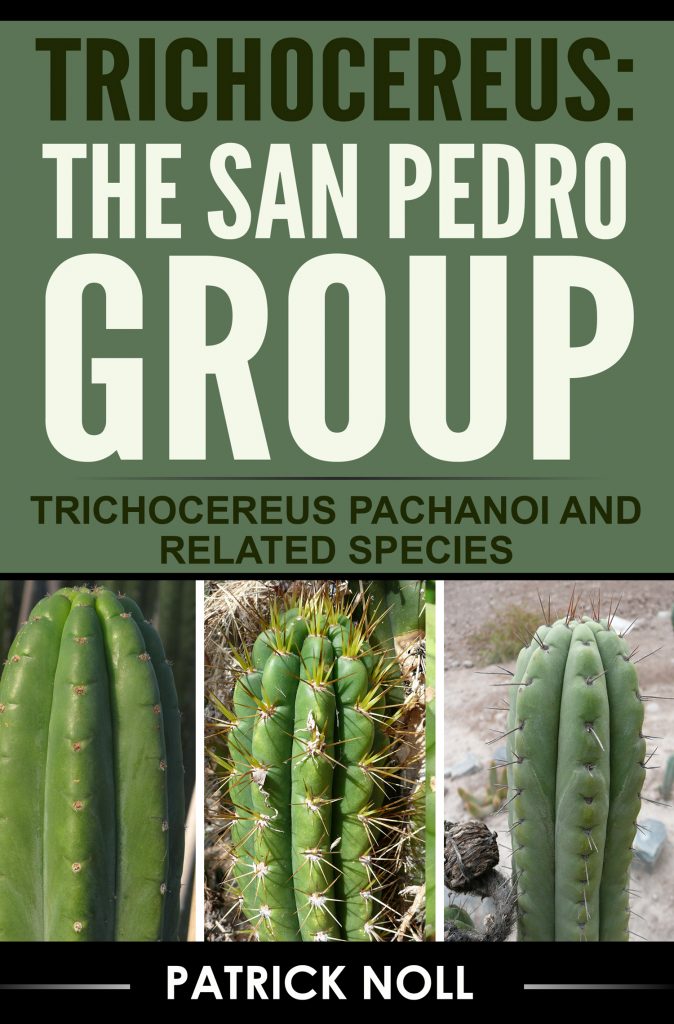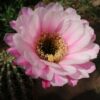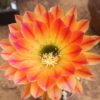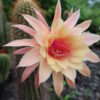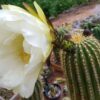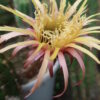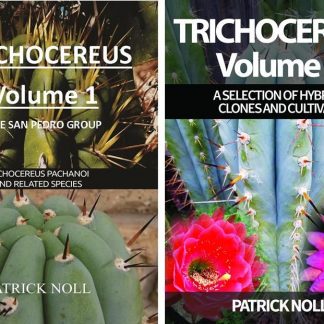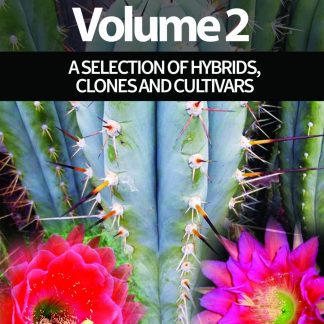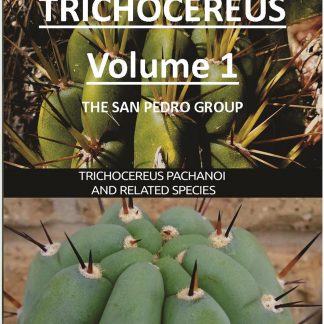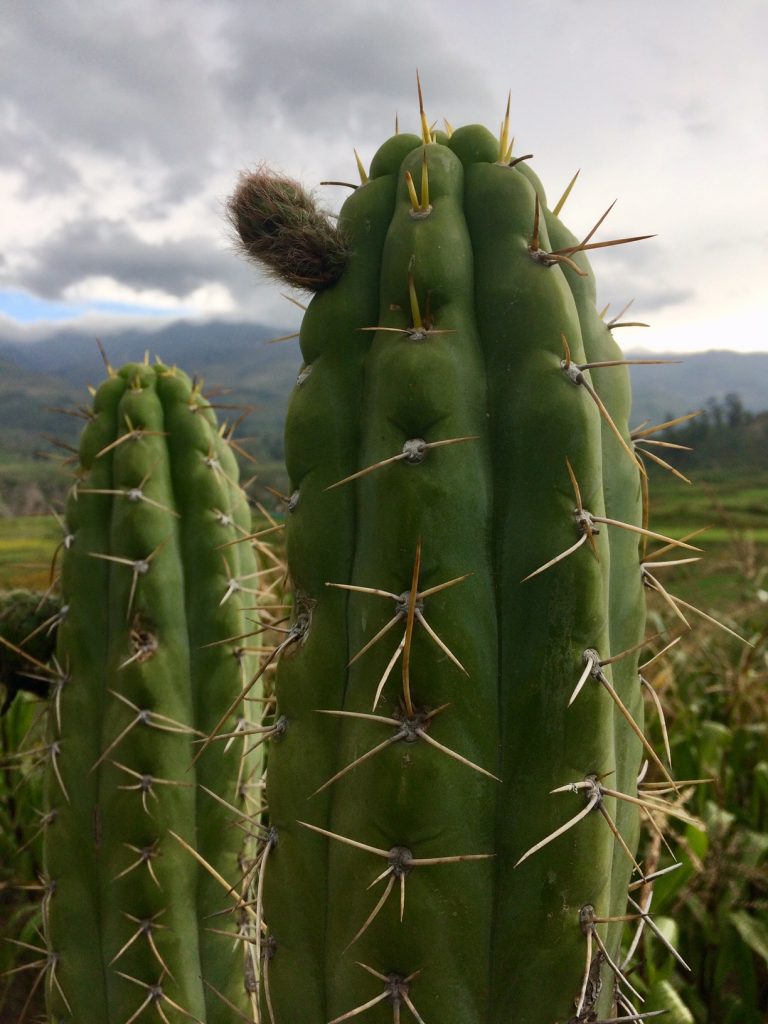
Trichocereus schoenii , also known as Echinopsis schoenii under current nomenclature, is a south Peruvian Trichocereus species that Backeberg described and named after E. Schön, who assisted him financially on his trips. Mr. Schön was from Arequipa, which is where one of the most important habitats of this species is. However, the species is not limited…


